
cd_nom
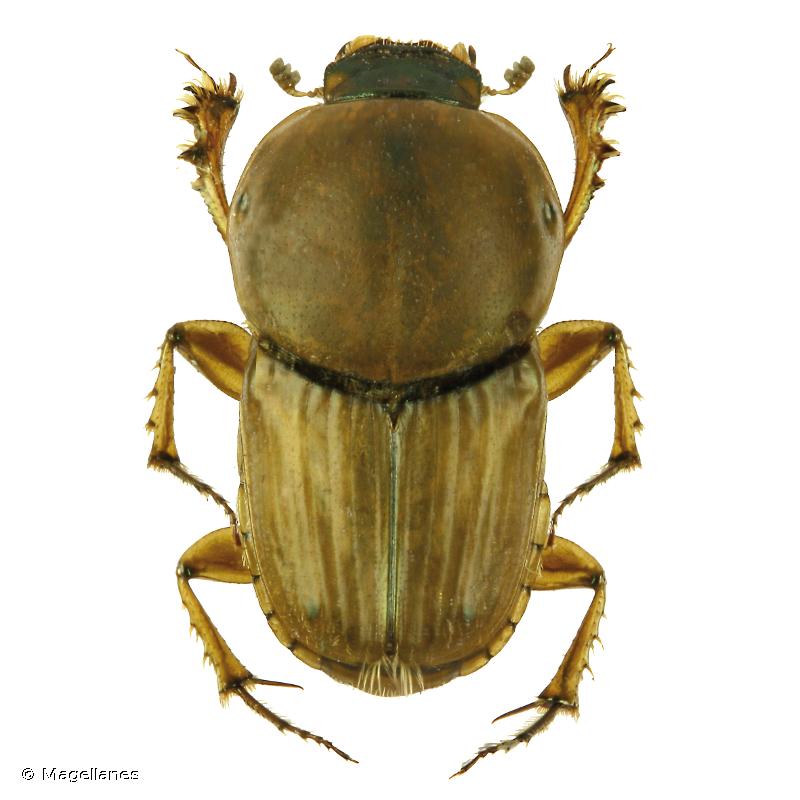
| Auteur : Magellanes |
 |
Pour se procurer la photo originale ou demander une autorisation d'utilisation, consulter :
Légende : Mâle
Toute réutilisation de la présente photographie doit faire l’objet d’une demande d’autorisation auprès de l’auteur.
Lien vers le code de la propriété intellectuelle (Legifrance)
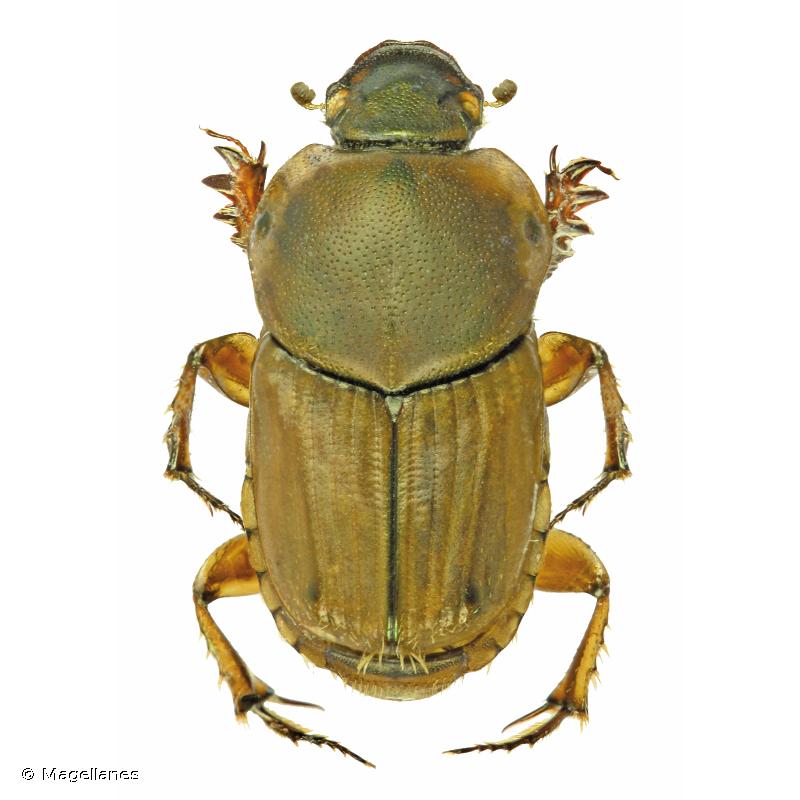
| Auteur : Magellanes |
 |
Pour se procurer la photo originale ou demander une autorisation d'utilisation, consulter :
Légende : Femelle
Toute réutilisation de la présente photographie doit faire l’objet d’une demande d’autorisation auprès de l’auteur.
Lien vers le code de la propriété intellectuelle (Legifrance)
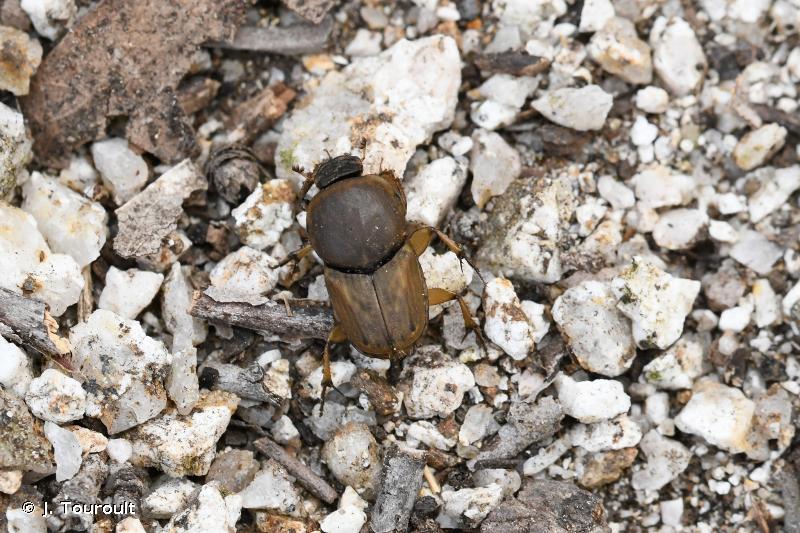
| Auteur : J. Touroult |
 |
Pour se procurer la photo originale ou demander une autorisation d'utilisation, consulter :
Julien Touroult
UMS PatriNat (AFB - CNRS - MNHN)
Muséum national d'Histoire naturelle, CP41, 36 rue Geoffroy Saint-Hilaire, 75005 Paris
Légende : Corse du Sud.
Malgré la licence Creative Commons, n'hésitez pas à informer l'auteur de l'utilisation qui sera faite de sa photo

| Auteur : H.Bouyon |
 |
Pour se procurer la photo originale ou demander une autorisation d'utilisation, consulter :
Bouyon Hervé
herve.bouyon@wanadoo.fr
Toute réutilisation de la présente photographie doit faire l’objet d’une demande d’autorisation auprès de l’auteur.
Lien vers le code de la propriété intellectuelle (Legifrance)
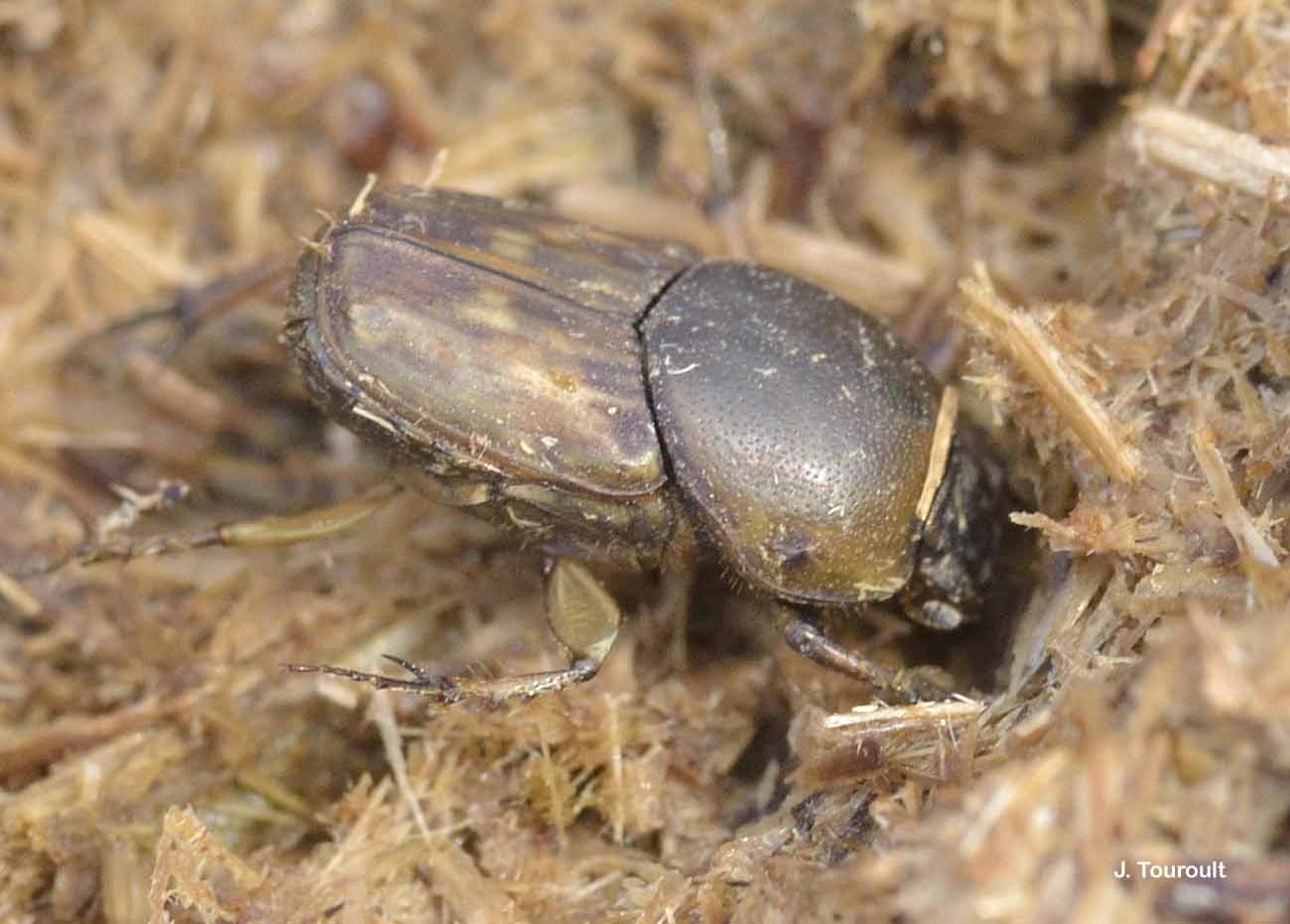
| Auteur : J. Touroult |
 |
Pour se procurer la photo originale ou demander une autorisation d'utilisation, consulter :
Julien TOUROULT
Muséum national d'Histoire naturelle - Service du Patrimoine Naturel
36 rue Geoffroy Saint-Hilaire
CP 41
75 231 PARIS CEDEX 05
e-mail : inpn@mnhn.fr
Malgré la licence Creative Commons, n'hésitez pas à informer l'auteur de l'utilisation qui sera faite de sa photo
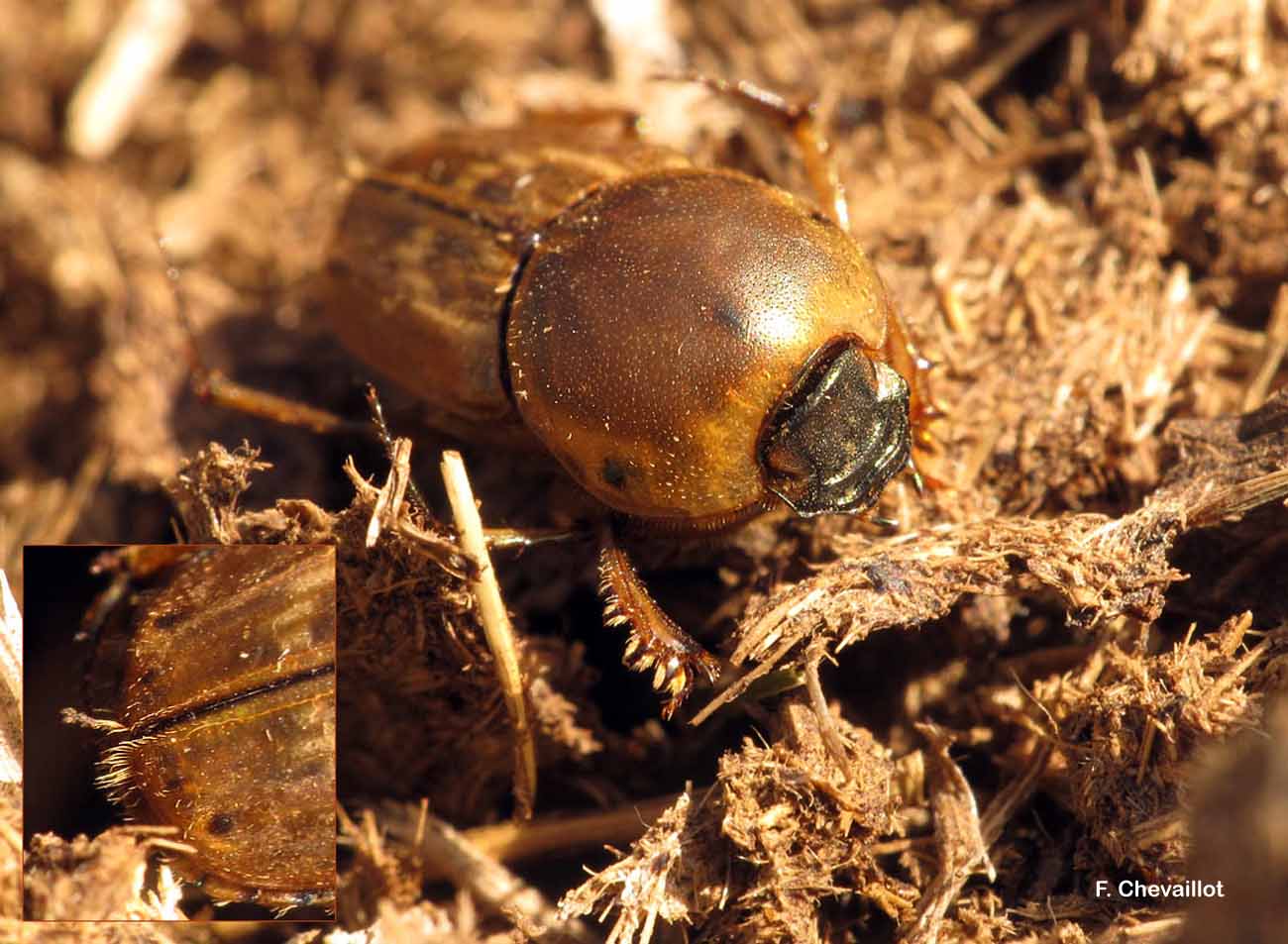
| Auteur : F. Chevaillot |
 |
Pour se procurer la photo originale ou demander une autorisation d'utilisation, consulter :
Fred CHEVAILLOT
Moulin de Castor
La Maynobe
12550 COUPIAC
06 51 19 18 32
09 88 28 31 26
www.insecte.org
email : fred.chevaillot@wanadoo.fr
Toute réutilisation de la présente photographie doit faire l’objet d’une demande d’autorisation auprès de l’auteur.
Lien vers le code de la propriété intellectuelle (Legifrance)
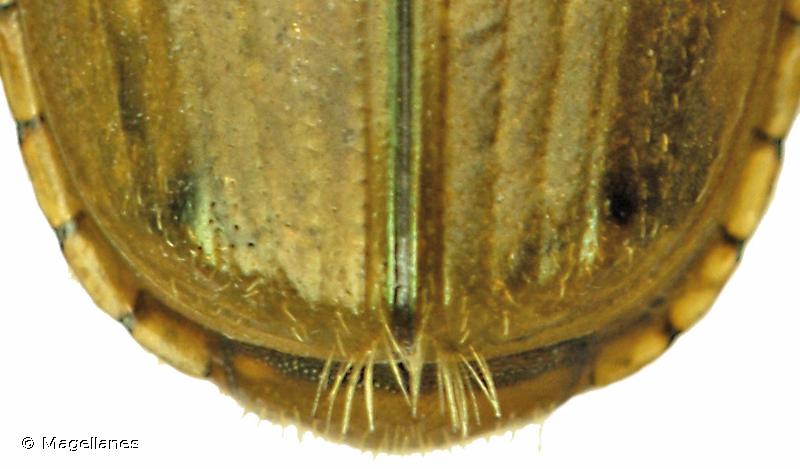
| Auteur : Magellanes |
 |
Pour se procurer la photo originale ou demander une autorisation d'utilisation, consulter :
Légende : Apex élytres
Toute réutilisation de la présente photographie doit faire l’objet d’une demande d’autorisation auprès de l’auteur.
Lien vers le code de la propriété intellectuelle (Legifrance)
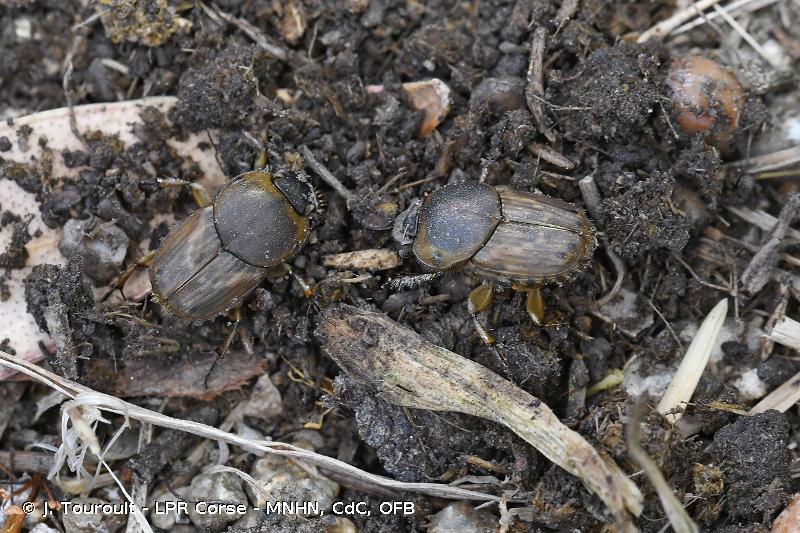
| Auteur : J. Touroult - LPR Corse - MNHN, CdC, OFB |
 |
Pour se procurer la photo originale ou demander une autorisation d'utilisation, consulter :
Julien Touroult
UMS PatriNat (OFB - CNRS - MNHN)
CP41, 36 rue Geoffroy Saint-Hilaire, 75005 Paris
Légende : Corse. La Planète Revisitée 2020 - MNHN, Collectivité de Corse, OFB.
Malgré la licence Creative Commons, n'hésitez pas à informer l'auteur de l'utilisation qui sera faite de sa photo
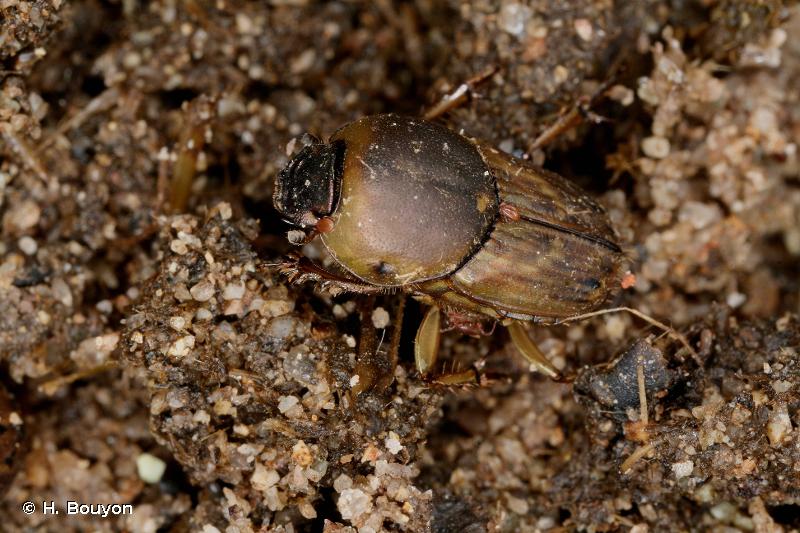
| Auteur : H. Bouyon |
 |
Pour se procurer la photo originale ou demander une autorisation d'utilisation, consulter :
Toute réutilisation de la présente photographie doit faire l’objet d’une demande d’autorisation auprès de l’auteur.
Lien vers le code de la propriété intellectuelle (Legifrance)
Taille : 7 à 12 mm
Identification :
Base du pronotum avec une seule impression au milieu. Elytres avec huit interstries. Antennes de huit articles et scutellum bien visible : Tribu des Oniticellini. Joues anguleusement arrondies en avant, bien saillantes : Genre Euoniticellus. Apex des élytres avec un groupe de longues soies sur l'angle sutural.
Confusion possible :
Euoniticellus pallens (Olivier, 1789)
Euoniticellus pallipes (Fabricius, 1781)
Périodes d'observation de l'adulte :
Activité de mars à novembre, mais surtout entre mai et septembre.
Biologie-éthologie :
Espèce euryèce, présente du niveau de la mer jusqu'à 2000 m, avec une préférence pour les stations de moins de 250 m. En Corse, l'espèce monte jusqu'à 1600 m (Monte d'Oro). L'espèce a une nette préférence pour les milieux ouverts comme les pâturages. Coprophage de type paracopride. Euoniticellus fulvus exploite surtout les bouses de vaches mais aussi le crottin de cheval et de brebis.
Biogéographie :
Toute l'Europe jusqu'au Caucase.
Références :
BARAUD (J.), 1992, Coleoptères scarabaeoidea d'Europe. Faune de France et des régions limitrophes 78 : 1-856, Société Linnéenne de Lyon.
Patrick Prévost(),2020
continental
Métropole
Outre-mer
marin
Métropole
Outre-mer
La carte présente une synthèse à la maille 10 x 10 km des données d’observation de l’espèce transmises au SINP. Ces données ont été soumises à des filtres de validation.
La carte présente une couche de répartition de référence de l’espèce à l’échelle des départements et des secteurs marins. Les données de présence et d’absence ont été établies par expertise au sein d’un réseau de partenaires. Cette répartition de référence est utilisée dans le processus de validation des données du SINP au niveau de l’INPN.
Correspond à un signalement sur la base d'au moins une observation avérée dans une période de 10 ans (20 ans pour les invertébrés peu connus) précédant l'année de référence et aucune présomption de disparition depuis l'obtention de la dernière donnée ni doute sur le caractère reproducteur et implanté de cette population. Pour les espèces migratrices, la pr&easence indiqu&eae concerne les zones de reproduction.
Ce statut se base sur un ou plusieurs des critères suivants :
Ce point recouvre l'absence, par nature plus difficile à démontrer que la présence. Ce statut se base sur un ou plusieurs des critères suivants :
Ce statut doit également être attribué à un département dans lequel la présence de l'espèce est occasionnelle.
Cas particulier d'absence liée à une disparition avérée depuis moins d'un demi-siècle (les disparitions anciennes sont traitées comme « absence probable ou certaine »).
Dans l'état des connaissances, on ne peut pas se prononcer sur la présence ou l'absence actuelle dans le département. Il s'agit du statut utilisé par défaut quand on ne se situe pas dans une des catégories précédente ou dès lors qu'il y a un doute.
La carte présente la répartition mondiale de l’espèce à partir des données du GBIF (Global Biodiversity Information Facility - Système mondial d'information sur la biodiversité).
